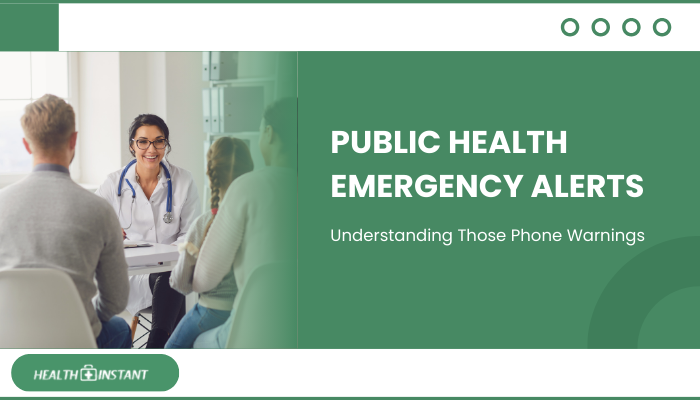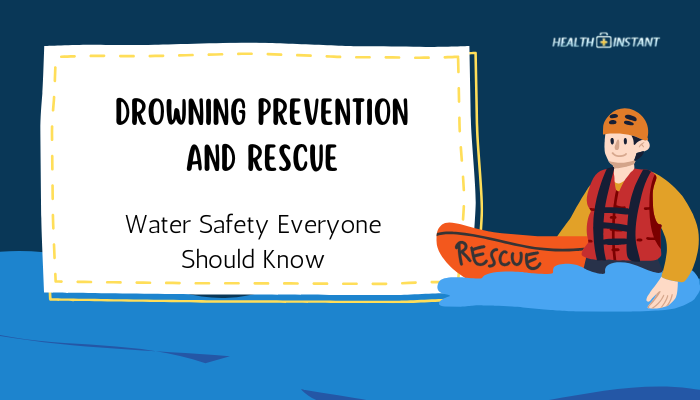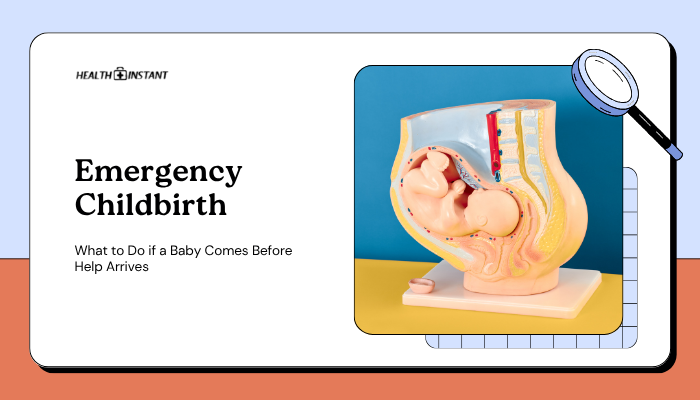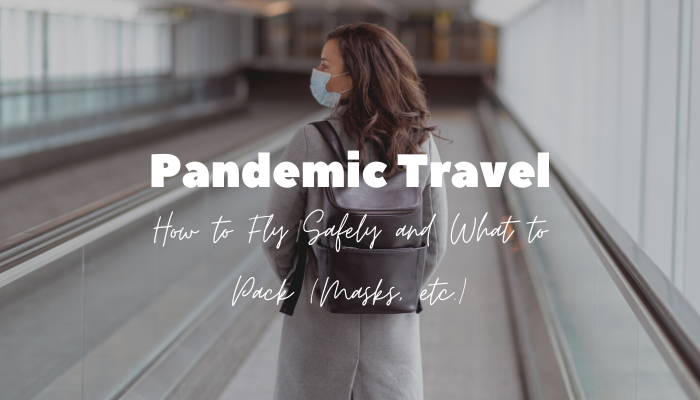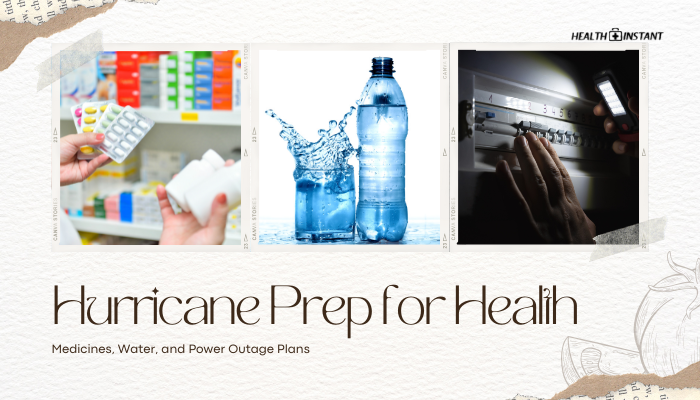Introduction
In a world increasingly prone to sudden crises—be it natural disasters, disease outbreaks, or other threats—public health emergency alerts have become essential. Often delivered via texts, push notifications, or specialized broadcast systems, these alerts help citizens stay informed and act promptly.
This guide clarifies the different types of alerts you might see, how they are disseminated, and why paying attention to them can safeguard your well-being and that of your community.
Types of Alerts You May Receive
- Imminent Threat Alerts
- Warnings about immediate threats like flash floods, wildfires, or tornadoes.
- Warnings about immediate threats like flash floods, wildfires, or tornadoes.
- AMBER Alerts
- Although not strictly public health, they inform about child abductions, mobilizing community assistance.
- Although not strictly public health, they inform about child abductions, mobilizing community assistance.
- Public Health Urgent Notices
- Issues like contaminated water supply, severe outbreaks, or urgent vaccination reminders.
- Issues like contaminated water supply, severe outbreaks, or urgent vaccination reminders.
- Presidential Alerts (In some countries)
- Rare, high-level advisories for nationwide emergencies.
- Rare, high-level advisories for nationwide emergencies.
Depending on your location, local authorities may also use app-based or SMS systems tailored to community needs.
How Alerts Are Sent to Phones
- Wireless Emergency Alerts (WEA)
- In the U.S., short text-like messages broadcast through cell towers covering entire geographic regions.
- In the U.S., short text-like messages broadcast through cell towers covering entire geographic regions.
- Cell Broadcast Technology
- Used in other countries for area-based alerting without needing the user’s phone number.
- Used in other countries for area-based alerting without needing the user’s phone number.
- Push Notifications
- Official apps or subscription-based services delivering region-specific updates.
- Official apps or subscription-based services delivering region-specific updates.
These methods ensure broad coverage—even if the phone lines are congested during an emergency.
What These Alerts Typically Contain
- Type of Threat
- e.g., “Severe Weather Warning: Tornado,” or “Public Health: Boil Water Advisory.”
- e.g., “Severe Weather Warning: Tornado,” or “Public Health: Boil Water Advisory.”
- Affected Area
- Geographical scope for the warning, often including city or county names.
- Geographical scope for the warning, often including city or county names.
- Recommended Actions
- Telling recipients to “evacuate,” “boil water,” “seek shelter,” or “avoid gatherings.”
- Telling recipients to “evacuate,” “boil water,” “seek shelter,” or “avoid gatherings.”
- Duration
- How long the alert is in effect, or next update timing.
- How long the alert is in effect, or next update timing.
The brevity of alerts is often enforced by character limits, so messages are concise but direct.
Why These Alerts Matter
- Timely Information
- Rapid warnings help you make life-saving decisions in minutes or even seconds.
- Rapid warnings help you make life-saving decisions in minutes or even seconds.
- Preventive Guidance
- Alerts about disease outbreaks can encourage vaccination or testing, reducing spread.
- Alerts about disease outbreaks can encourage vaccination or testing, reducing spread.
- Community Coordination
- Evacuation orders or shelter-in-place instructions unify local responses, lessening chaos.
- Evacuation orders or shelter-in-place instructions unify local responses, lessening chaos.
Ignoring or delaying a response to an alert can escalate individual and public risk.
Responding to an Emergency Alert
- Read Immediately
- Don’t dismiss the alert as spam; some issues are time-sensitive.
- Don’t dismiss the alert as spam; some issues are time-sensitive.
- Follow Instructions
- If told to evacuate or find higher ground, do so promptly.
- If told to evacuate or find higher ground, do so promptly.
- Stay Updated
- Keep an ear out for further guidance on radio, official social media, or local news.
- Keep an ear out for further guidance on radio, official social media, or local news.
- Communicate
- Let family or friends know your status, especially if you must relocate.
Ensuring You Receive Alerts
- Enable Phone Settings
- On smartphones, confirm that emergency alerts are turned on under notifications.
- On smartphones, confirm that emergency alerts are turned on under notifications.
- Add Apps
- Official weather or public health apps can provide more detailed information than standard WEA messages.
- Official weather or public health apps can provide more detailed information than standard WEA messages.
- Register
- Some local authorities offer signups for email or text-based alerts about area-specific crises.
Limitations and Challenges of Alert Systems
- Coverage Gaps
- Remote areas with poor cell signals might not consistently receive alerts.
- Remote areas with poor cell signals might not consistently receive alerts.
- Language Barriers
- WEA messages might not be localized to all languages spoken in the region.
- WEA messages might not be localized to all languages spoken in the region.
- False Alarms
- Mistakes occasionally happen, which can cause confusion or complacency in future alerts.
- Mistakes occasionally happen, which can cause confusion or complacency in future alerts.
- User Turned Off Alerts
- Some people disable notifications, missing critical warnings.
- Some people disable notifications, missing critical warnings.
Strengthening these systems includes technological improvements, policy refinements, and public awareness to remain subscribed.
Conclusion
Public health emergency alerts—distributed via phone or specialized broadcast systems—are central to mitigating harm during crises. Quick action triggered by these notifications can cut response times, protect health infrastructure, and save lives.
By understanding how alerts appear on your device, ensuring settings are correct, and taking immediate recommended steps, each person helps maintain community resilience. In an era of unpredictable hazards, staying informed is the first line of defense.
References
- Federal Communications Commission (FCC). (2021). Wireless Emergency Alerts fact sheet.
- World Health Organization (WHO). (2020). Best practices for public health alerts.
- Centers for Disease Control and Prevention (CDC). (2019). Health communications in emergencies.
- National Weather Service (NWS). (2022). Using cell broadcast technology for severe weather alerts.
Disclaimer: This content provides general information. Always adhere to local instructions and authoritative guidance for real-time alerts.

